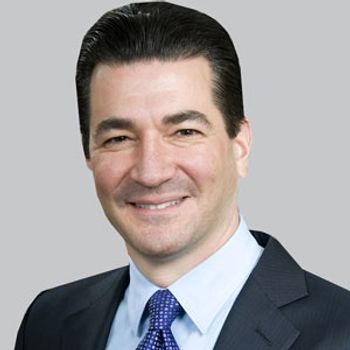
The agency is anticipating upward of 200 INDs per year by 2020 and between 10 and 20 cell and gene therapy approvals per year by 2025.


The agency is anticipating upward of 200 INDs per year by 2020 and between 10 and 20 cell and gene therapy approvals per year by 2025.

The associate professor in the department of psychiatry at NYU Langone spoke about the relationship between slow-wave sleep disruption and Alzheimer disease.

The direct thrombin inhibitor is planned to be evaluated for its effect on the neurodegenerative disease in a trial of 40 to 60 patients with MCI and Alzheimer, led by researchers at the University of Rhode Island.

The AAN position statement author further addressed the opposing position of the Nevada law, the AAN’s position on brain death, and what clinicians need to know in regard to determining it.
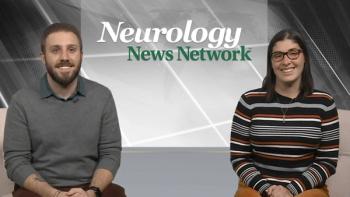
Neurology News Network for the week of January 12, 2019.

The Chair of the AAN’s Ethics, Law and Humanities Committee spoke to the American Academy of Neurology’s goal to improve the consistency of determining brain death.

If a larger set of samples can be used to test the 3 metabolites identified, the researchers note that they can validate the findings and develop a saliva test for Alzheimer disease.

The Clinical Director of the NHGRI spoke about the impact of the NIH program and its future development.

The position statement’s author noted that a lack of specificity in laws and inconsistencies in protocols has led to confusion surrounding brain death in several high-profile cases.

The program’s director spoke about its genesis and evolution into a more widespread initiative which has helped improve next-generation genome sequencing.

The founding executive director and chief science officer of the Alzheimer’s Drug Discovery Foundation spoke about the exciting therapeutic landscape in Alzheimer and what holes remain.

The founding executive director and chief science officer of the Alzheimer’s Drug Discovery Foundation spoke about the progress made in 2018, and what to look forward to in 2019.

Although the therapy did not achieve significance for the primary end point in the full data set, a pre-specified exploratory analysis implemented in a post-hoc framework did provide evidence of significant benefit for the 20-μg dose.

This brief year-end slideshow highlights significant progress in research into migraine, Alzheimer disease, stroke, multiple sclerosis, and autism.
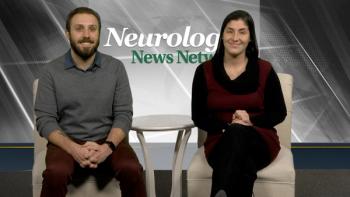
Neurology News Network for the week of December 15, 2018.

The study found 33 additional single nucleotide polymorphisms with stronger relationships with a single subgroup.

Pharmacokinetic data from phase 1 studies of AXS-05 showed it increases dextromethorphan concentrations into a potential therapeutic range. It was granted a Fast Track designation.

Long-term consumption of fruits and vegetables may be associated with a lower risk of memory loss over time in men.

The agent is designed to target the tau “seeds” that spread throughout the brain over the progression of the disease, with its first clinical assessment expected to occur in early 2019.

In quick cognitive tests routinely used in primary care, misclassification by at least 1 assessment occured in 36.7% participants, whereas only 1.7% were misclassified by all 3.
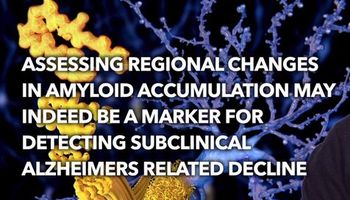
Can amyloid accumulation predict a decline in episodic memory over time?
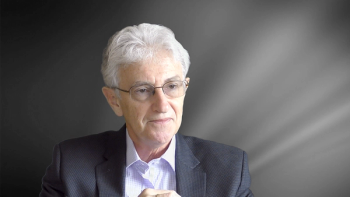
The Jim Turner Chair in Cognitive Disorders at the Vanderbilt University School of Medicine shared how the previous muscarinic agonists have better informed the development of this investigational agent, VU319.

The positive topline results from Study 201 have led to the initiation of an open-label extension for the subjects previously enrolled in Study 201, which is set to begin later this year.

Neurology News Network for the week of November 17, 2018.

The associate professor at NYU Langone discussed several of the questions that remained unanswered about the relationship between sleep and Alzheimer disease.